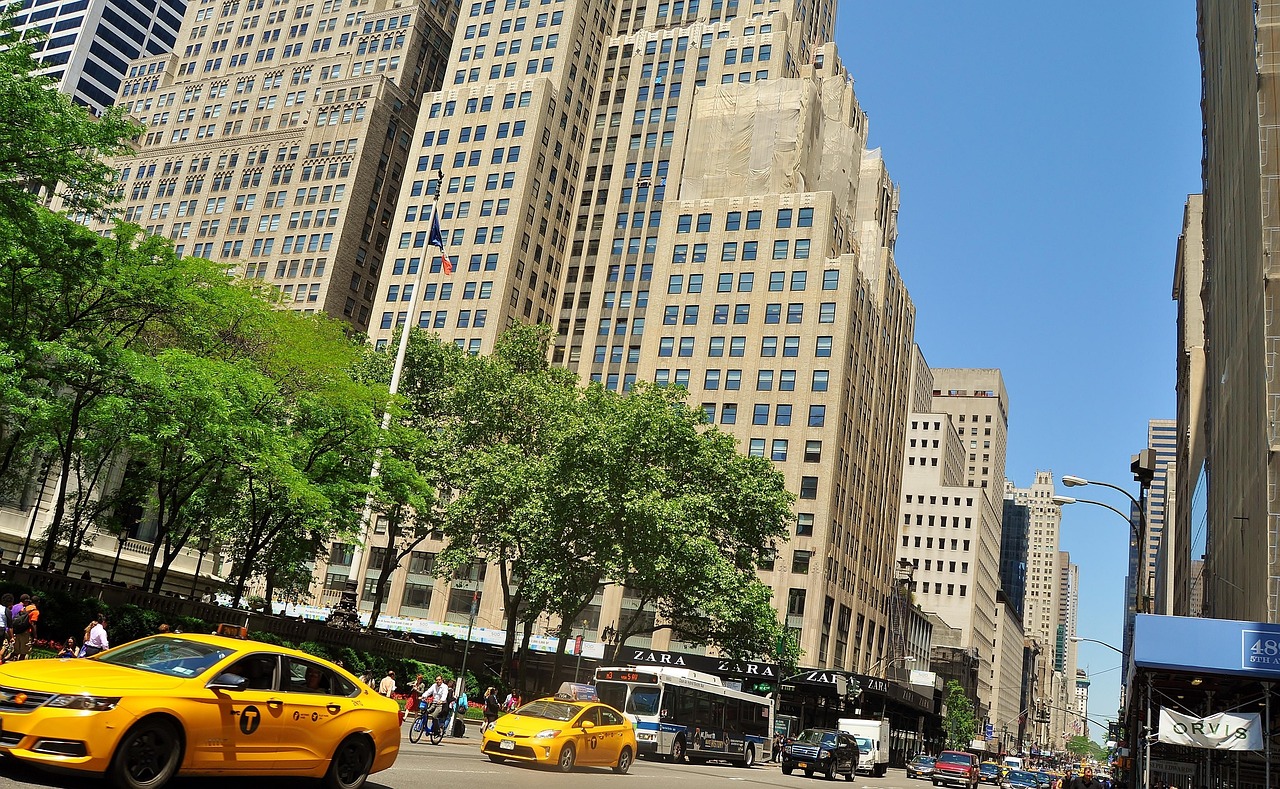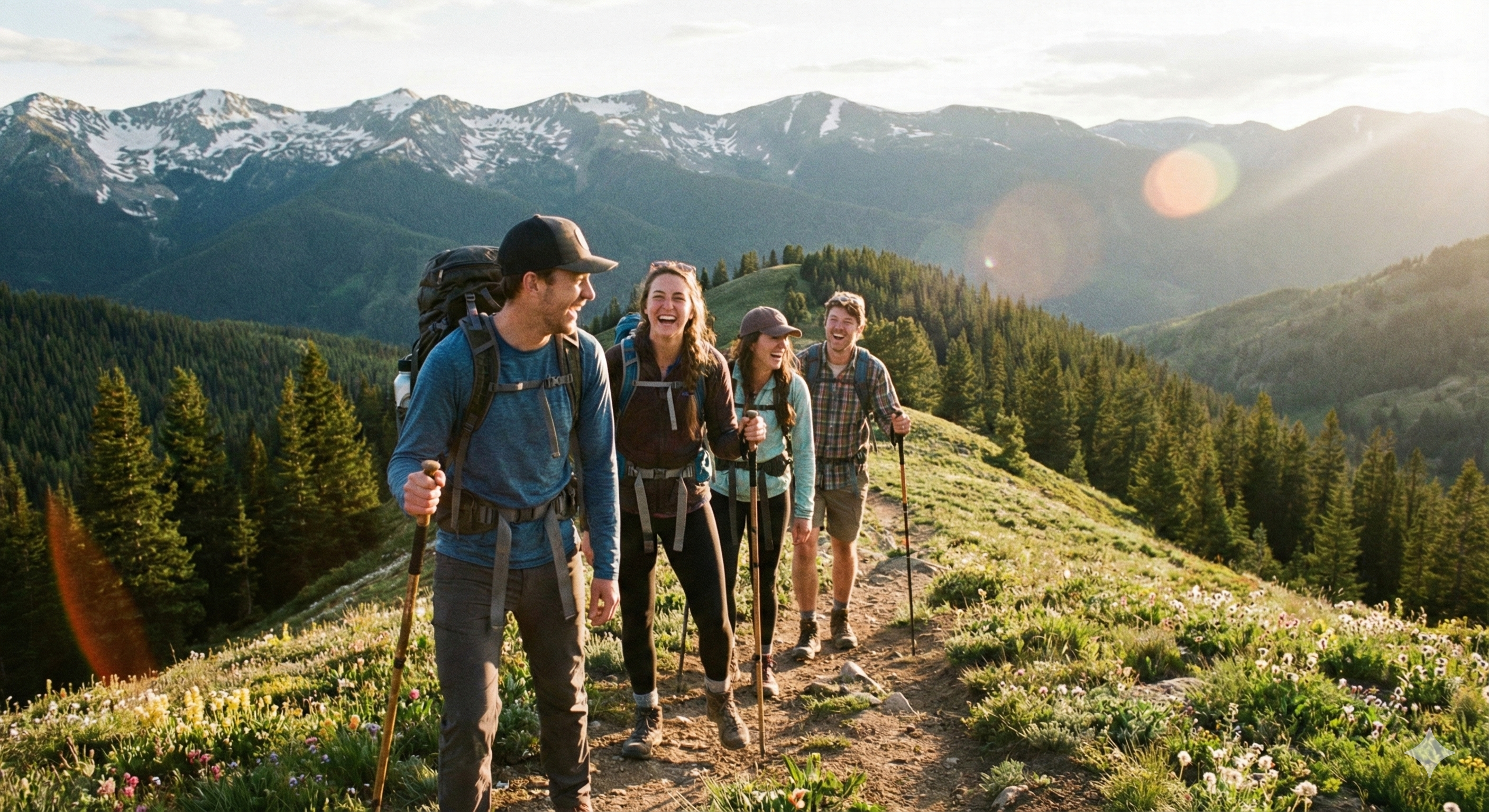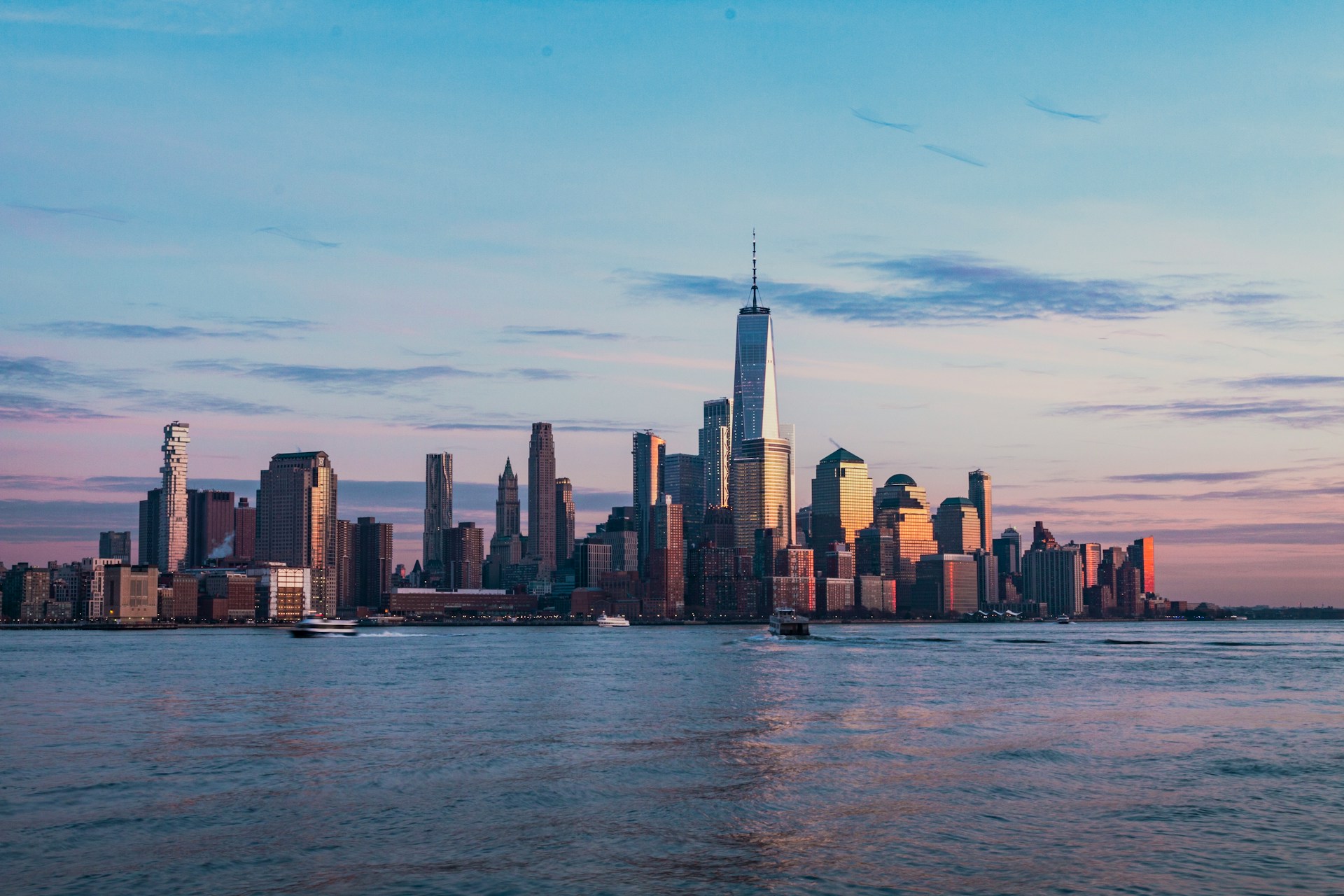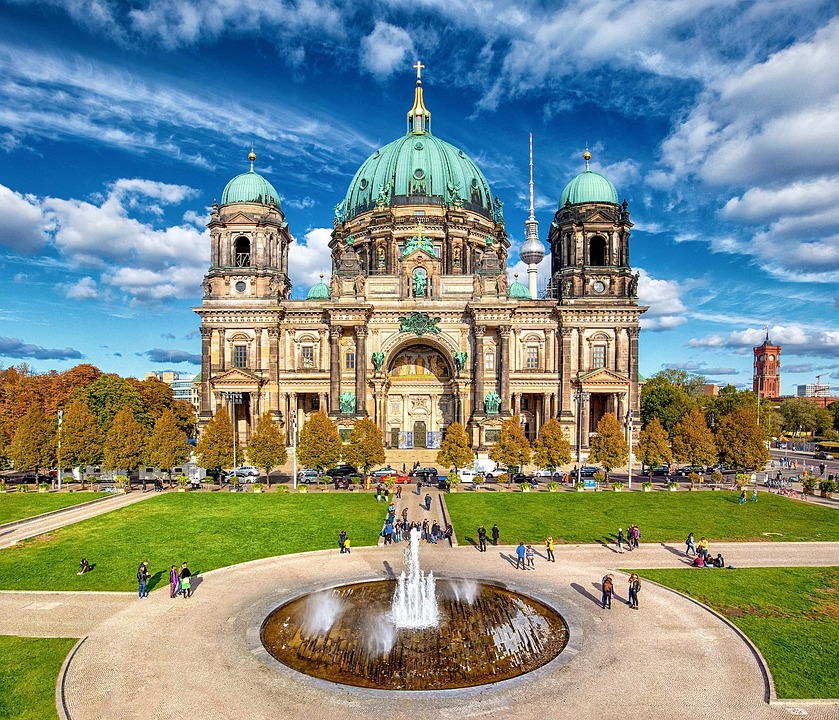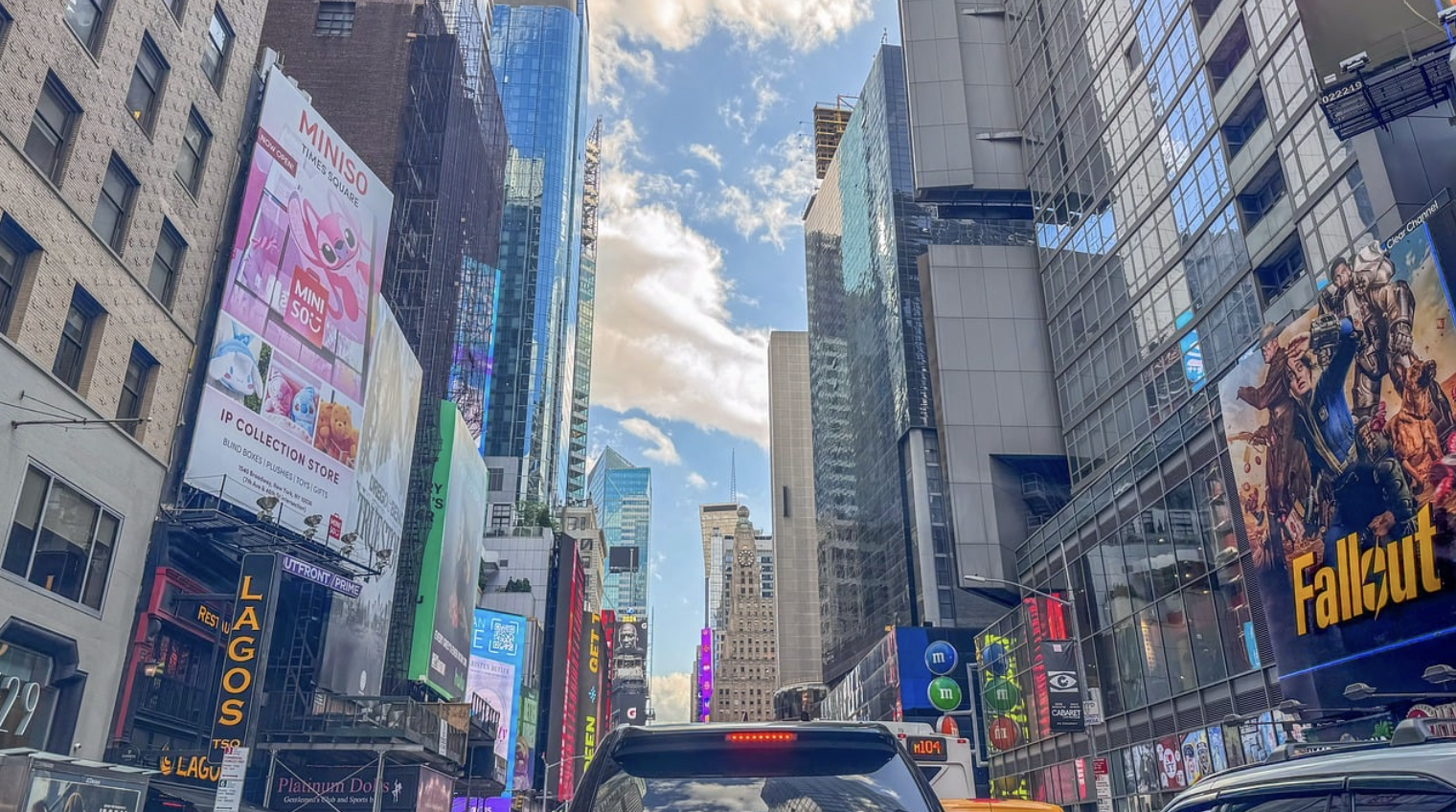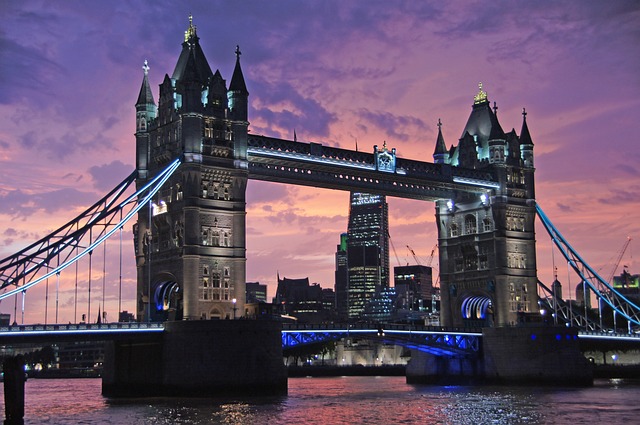Things to do in Berlin Germany is an intriguing issue for students and residents at home and abroad. Berlin is the capital and largest city of Germany, by both area and population. With over 3.85 million inhabitants, it has the highest population within its city limits of any city in the European Union. The city is also one of the states of Germany, being the third smallest state in the country by area. Berlin is surrounded by the state of Brandenburg, and Brandenburg’s capital Potsdam is nearby. The urban area of Berlin has a population of over 4.5 million and is therefore the most populous urban area in Germany. The Berlin-Brandenburg capital region has around 6.2 million inhabitants and is Germany’s second-largest metropolitan region after the Rhine-Ruhr region, and the fifth-biggest metropolitan region by GDP in the European Union.
This blog selects and analyzes things to do in Berlin Germany detailedly serving as a comprehensive guide, helping you have a better command of Berlin. If you want choose Berlin as your tourist spot or educational destination, you ought to read this blog carefully.
Sightseeing and Tourist Attractions
Go Sightseeing in Brandenburg Gate
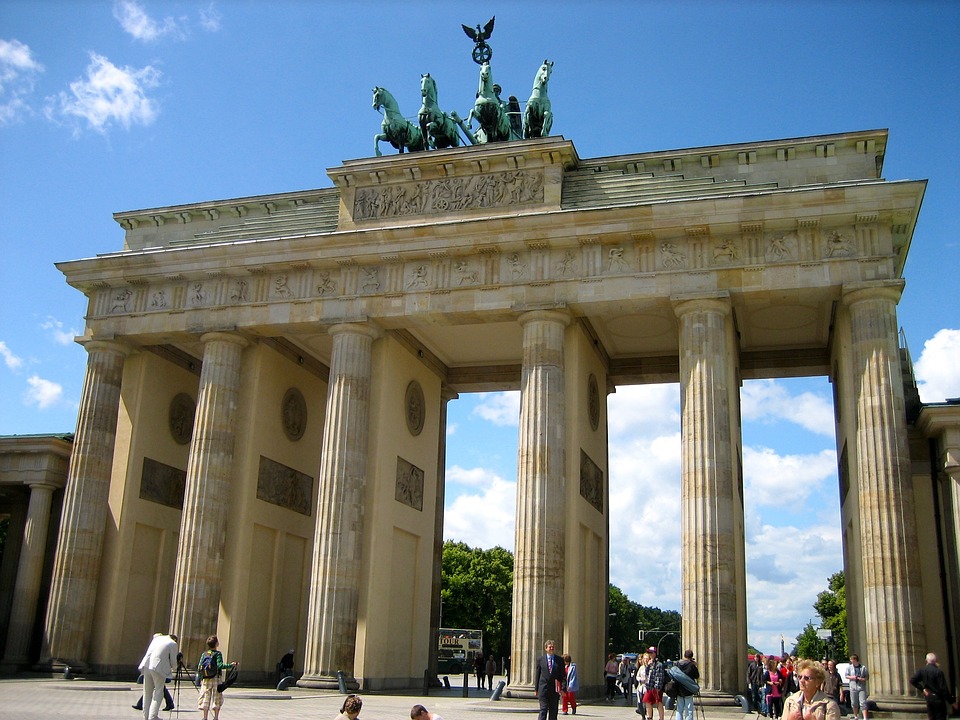
- Type: City Gate
- Architectural Style: Neoclassical
The Brandenburg Gate is an 18th-century neoclassical monument in Berlin. One of the best-known landmarks of Germany and things to see in Berlin, it was erected on the site of a former city gate that marked the start of the road from Berlin to Brandenburg an der Havel, the former capital of the Margraviate of Brandenburg. It is one of things to see in Berlin and Berlin germany attractions.
The Brandenburg Gate is located in the western part of the city centre within Mitte, at the junction of Unter den Linden and Ebertstraße. The gate dominates the Pariser Platz to the east, while to the immediate west it opens onto the Platz des 18. März beyond which the Straße des 17. Juni begins. One block to the north stands the Reichstag building, home to the German parliament (Bundestag), and further to the west is the Tiergarten inner-city park. The gate also forms the monumental entry to Unter den Linden, which leads directly to the former City Palace of the Prussian monarchs (now housing the Humboldt Forum museum), and Berlin Cathedral.
Appreciate Beauty of Reichstag Building
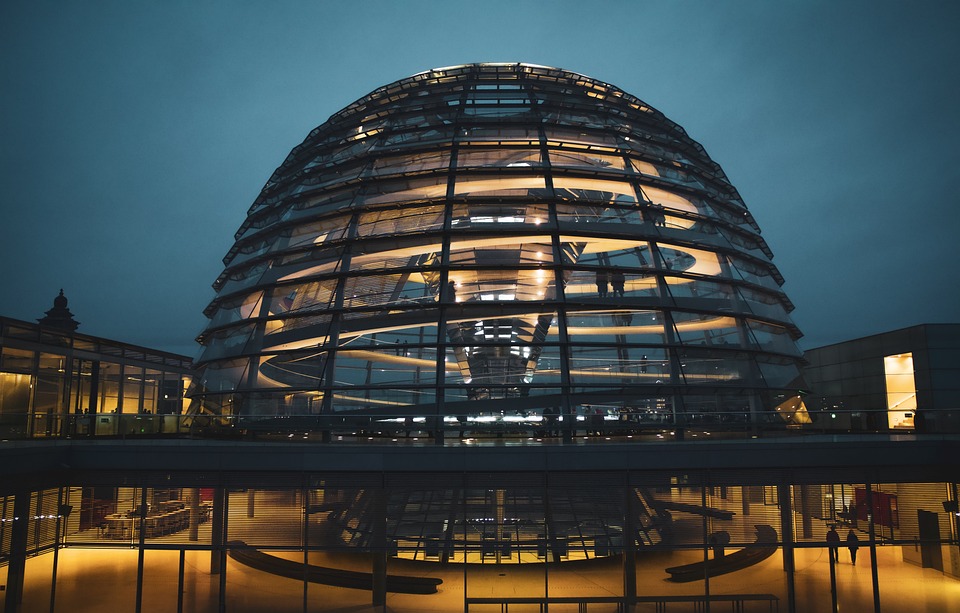
The Reichstag, a historic legislative government building on Platz der Republik in Berlin, is the seat of the German Bundestag. It is also the meeting place of the Federal Convention, which elects the President of Germany. It is one of things to visit in Berlin and what to do in Berlin Germany.
The Neo-Renaissance building was constructed between 1884 and 1894 in the Tiergarten district on the left bank of the River Spree to plans by the architect Paul Wallot. It housed both the Reichstag legislature of the German Empire and the Reichstag of the Weimar Republic. The Reich’s Federal Council also originally met there. The building was initially used by the Reichstag for Nazi Germany, but severe damage in the Reichstag fire of 1933 prevented further use and the Reichstag moved to the nearby Kroll Opera House.
Explore Charm of Berlin Wall Memorial
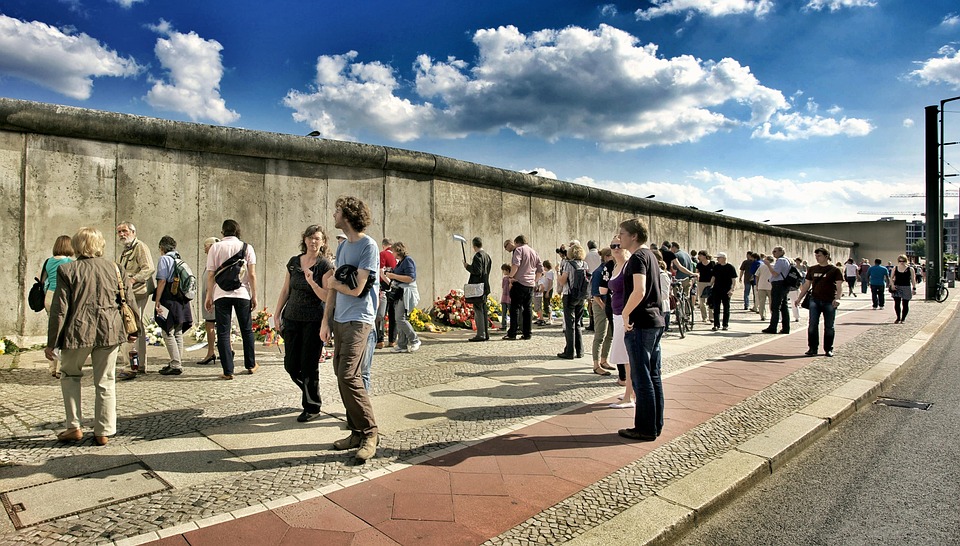
The Gedenkstätte Berliner Mauer (Berlin Wall Memorial) commemorates the division of Berlin by the Berlin Wall and the deaths that occurred there. The monument was created in 1998 by the Federal Republic of Germany and the Federal State of Berlin. It is located on Bernauer Straße at the corner of Ackerstraße and includes a Chapel of Reconciliation, the Berlin Wall Documentation Centre, a 60-metre (200 ft) section of the former border, a window of remembrance and a visitor center. It is one of what to see in Berlin Germany and tourist spots in Berlin.
Stroll on East Side Gallery
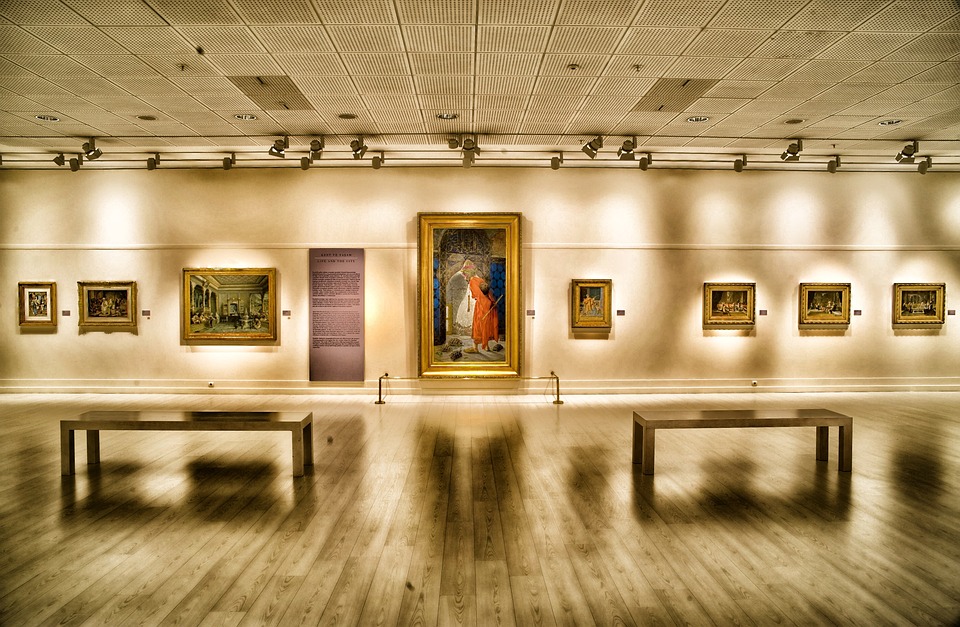
The East Side Gallery (German: East-Side-Gallery) memorial in Berlin-Friedrichshain is a permanent open-air gallery on the longest surviving section of the Berlin Wall in Mühlenstraße between the Berlin Ostbahnhof and the Oberbaumbrücke along the Spree. It consists of a series of murals painted directly on a 1,316 m (4,318 ft) long remnant of the Berlin Wall, located near the centre of Berlin, on Mühlenstraße in Friedrichshain-Kreuzberg. It is one of best things to do in Berlin and Berlin Germany tourist attractions.
The gallery has official status as a Denkmal, or heritage-protected landmark. According to the Künstlerinitiative East Side Gallery e.V., an association of the artists involved in the project, “The East Side Gallery is understood as a monument to the fall of the Berlin Wall and the peaceful negotiation of borders and conventions between societies and people”, and has more than three million visitors per year.
Exciting and Adventurous Activities
Have Fun in Olympiastadion Berlin
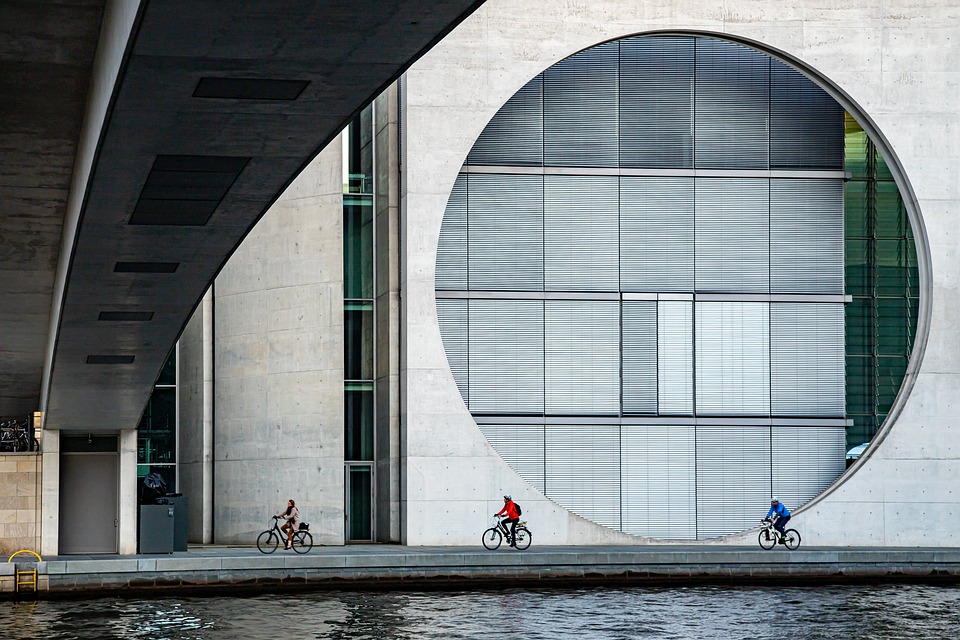
The Olympiastadion also known in English as the Berlin Olympic Stadium or simply the Olympic Stadium, is a sports stadium at Olympiapark Berlin in Berlin, Germany. It was originally designed by Werner March for the 1936 Summer Olympics. During the Olympics, the record attendance was thought to be over 100,000. It is one of Berlin tourist sights and Berlin Germany things to do.
Besides its use as an athletics stadium, the arena has built a footballing tradition. Since 1963, it has been the home of the Hertha BSC. It hosted three matches in the 1974 FIFA World Cup. It was renovated for the 2006 FIFA World Cup, when it hosted six matches, including the final. The DFB-Pokal final match is held each year there since 1985. The Olympiastadion Berlin served as a host for the 2011 FIFA Women’s World Cup as well as the 2015 UEFA Champions League final. It hosted six games in UEFA Euro 2024, including the final.
Enjoy Nightlife and Festivals
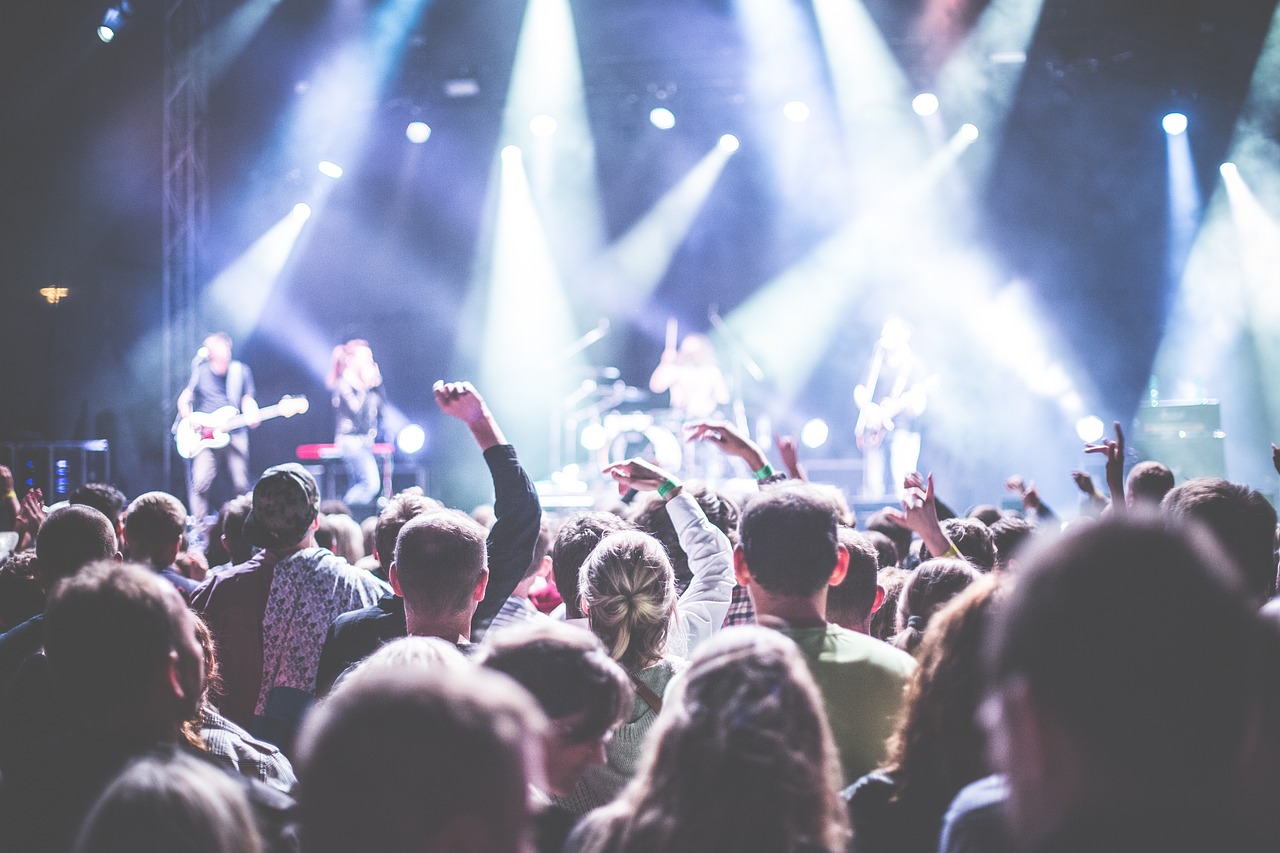
Berlin’s nightlife has been celebrated as one of the most diverse and vibrant of its kind. In the 1970s and 80s, the SO36 in Kreuzberg was a center for punk music and culture. The SOUND and the Dschungel gained notoriety.
Clubs are not required to close at a fixed time during the weekends, and many parties last well into the morning or even all weekend, including near Alexanderplatz. Several venues have become a popular stage for the Neo-Burlesque scene. It is one of tourist sites in Berlin Germany and places to visit in Berlin.
Popular and Pleasant Restaurants
Taste Delicious Food in Buschbeck’s
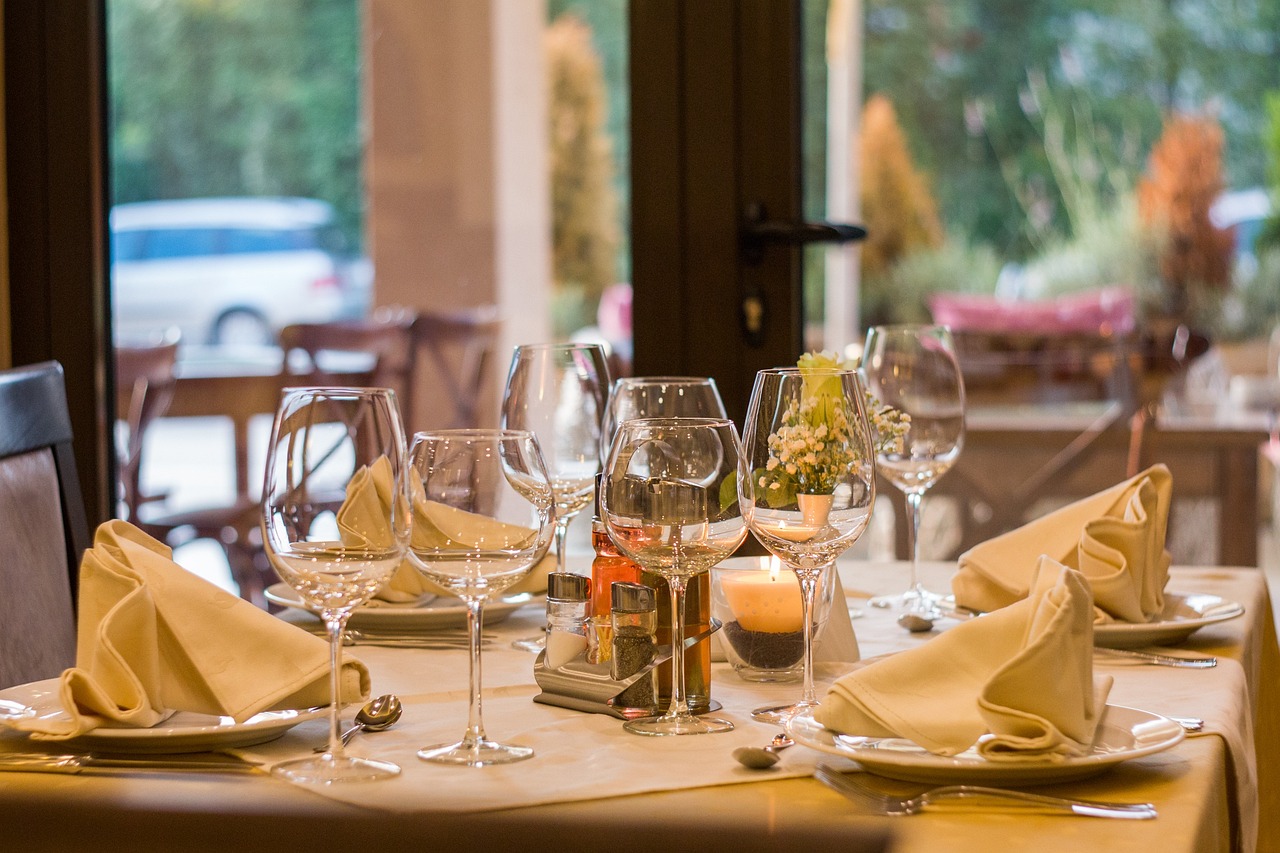
- Location: 14, 14057 Berlin Germany
- Open Time: 6:00 PM – 9:00 PM
- Types of Cuisine: Local cuisine, German, European, Central European, Vegetarian friendly, Vegan options.
Restaurant Buschbeck’s has won the hearts of many diners with its delectable culinary offerings, particularly the homemade bread and perfectly cooked duck that receive consistent praise. The cozy and welcoming ambiance is reminiscent of a homely atmosphere, adding to the charm that diners find appealing.
Patrons also commend the establishment for providing excellent value, serving generous portions of high-quality meals at reasonable prices. Furthermore, the warm and attentive service, with a notably hospitable host and staff, continues to be a highlight for guests who frequent the restaurant. It is one of things to see in Berlin Germany and things do in Berlin.
Enjoy Coffee in Flamingo Fresh Food Bar
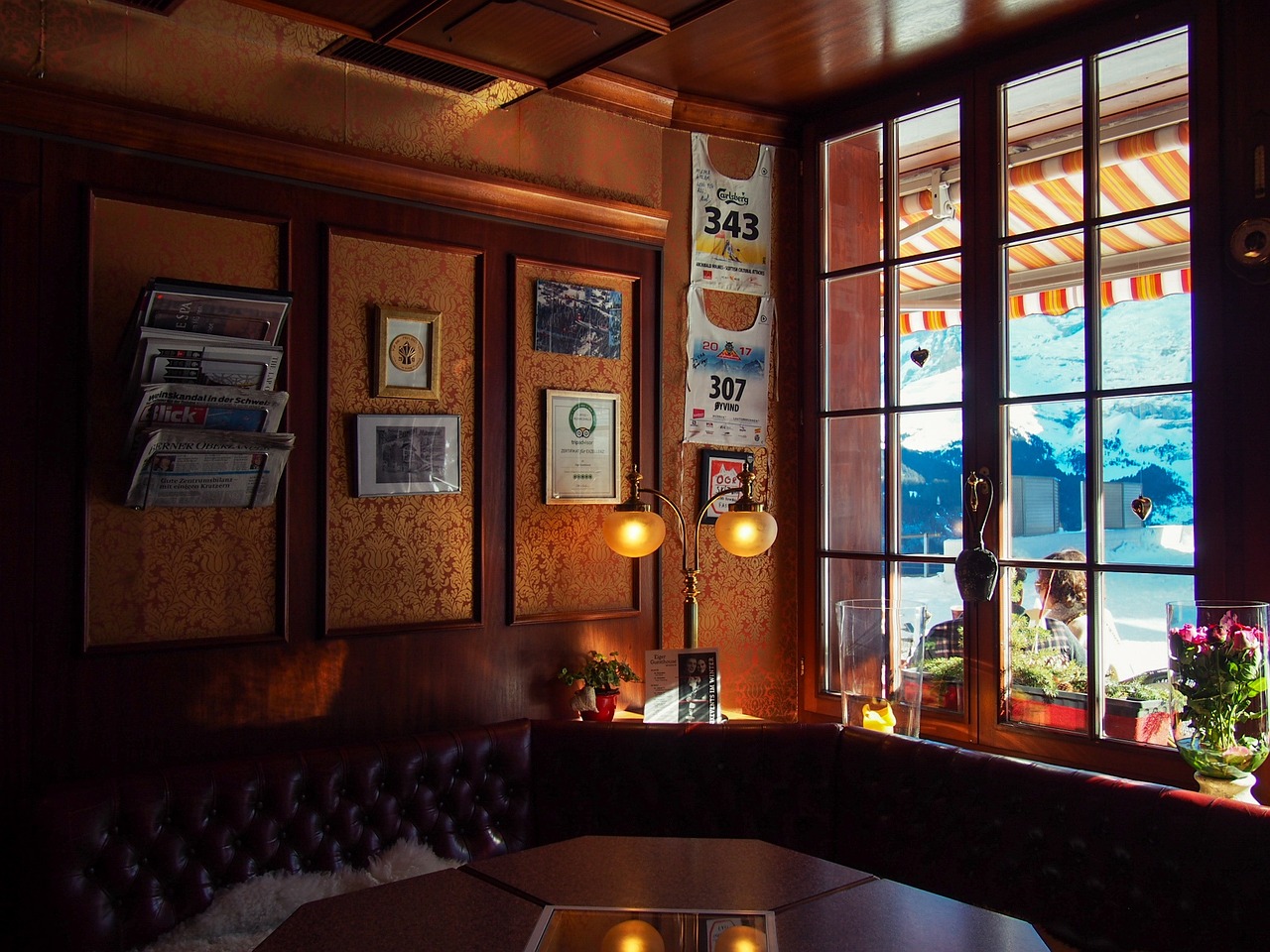
- Location: Neustädtische Kirchstraße 8, 10117 Berlin Germany
- Open Time:7:30 AM – 6:00 PM
- PriceRange: $7.00 – $16.00
- Cuisines: Cafe, European, Healthy, Soups
Close to the Brandenburg Gate & the Museums-Island you can enjoy fresh salads, homemade soups, a changing daily menu, fancy sandwiches and yummy cakes in our modern and cosy bistro. A friendly team, great coffee- and tea specialities, fresh juices plus a funky selection of soft drinks & wines are waiting for you. It is one of top activities in Berlin and Berlin top attractions.
Large-Scale and Luxurious Shopping Malls
Gropius Passagen
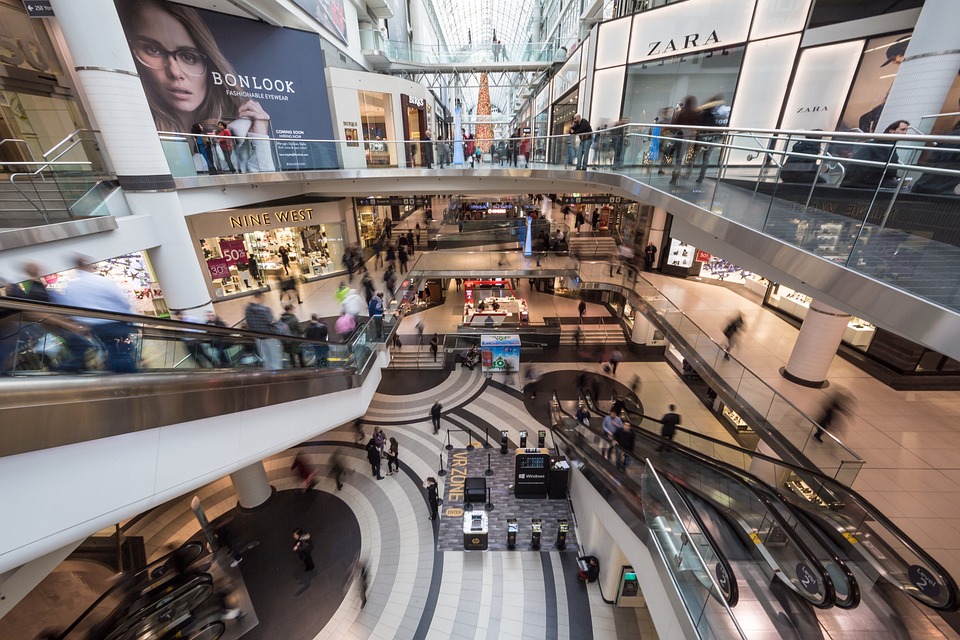
- Location: Johannisthaler Ch, 317, 12351, Berlin, Deutschland
- Card Payment: EC, Visa, Mastercard
- Business Hours: Mon to Fri:10:00 AM – 7:00 PM, Sat:10:00 AM – 2:00 PM
With 85.000 square metres of shopping space the Gropius Passagen are Berlin’s biggest shopping centre! Among the 160 stores you find above all well-known brands such as H&M, Esprit, Bijou Brigitte, Intersport Olympia, Douglas or The Body Shop. This is very useful especially when it rains or snows since shoppers there can find everything under one roof. Various bakeries, Asia-Snacks and two burger joints make sure that you can replenish the calories you sweated out in the dressing rooms. It is one of Berlin tourist activities and what to see in Berlin.
Das Schloss
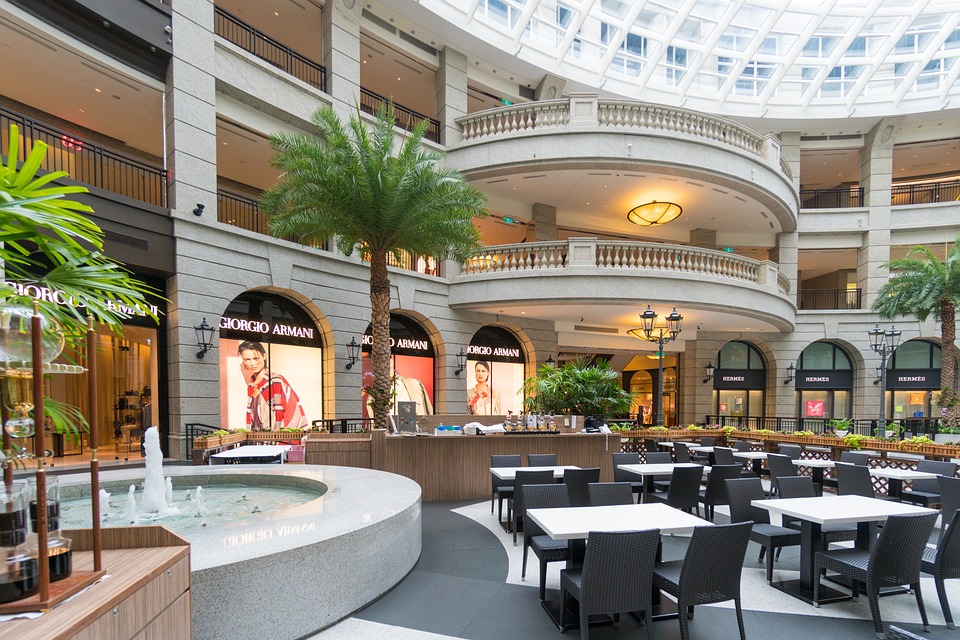
- Location: Schloßstraße, 34, 12163, Berlin, Deutschland
- Card Payment: EC, Visa, Mastercard, Amex
- Business Hours: Monday to Thursday:10:00 am – 08:00 pm, Friday and Saturday:10:00 am – 09:00 pm
Shopping under stars, in space or under water – all possible at Das Schloss where the ceiling is used as a projection surface to provide for an unusual shopping ambiance.
Be prepared for a nice finish with many special events during the holiday season or also fireworks for New Year’s Eve. In addition to that, you may see performances of the doppelgangers of “Stars in Concert“, witness a renaissance fair or run into an autograph session of football player Oliver Bierhoff. It is one of Berlin places to visit and best activities in Berlin.
Tips For Cutting Cost in Berlin
- Plan Your Budget
Find out how much it will cost to get there and how much money you’re likely to need on a weekly basis taking into account local transportation, accommodation, food & drink and leisure expenses.
- Use ADesignated Savings Account
Once you start to free up some extra money, it’s important to put that money in a designated savings account.
- Cancel Unnecessary Subscriptions
Cast a critical eye on all your monthly subscriptions and ask yourself the following question. Do you really need them?
- Use Alternative Transport Methods
Before ordering that taxi or getting on that bus, ask yourself if you could get to your destination on foot or by bicycle.
Conclusion
Things to do in Berlin are selected and analyzed detailedly in this blog serving as a comprehensive guide, helping you have a better command of Berlin. If you want choose Berlin as your tourist spot or educational destination, you ought to read this blog carefully.
After you have decided to pay a visit to Berlin or go to Berlin for further education, accommodation is the first and foremost thing. uhomes.com is a platform providing affordable, reliable and comfortable student accommodation in Germany.
FAQ
How Many Days Should You Spend in Berlin? Three days is the perfect amount of time to spend in Berlin. With three days, you’ll be able to check out all of the city’s biggest highlights, as well as a few hidden gems, so will be able to leave without feeling as though you missed out on anything major.
Two days is plenty of time to see all of Berlin’s major attractions, especially if you plan in advance and make sure to book any tickets you need ahead of your visit, so you have a fully prepped itinerary. If you want to explore more of the city, we’d recommend staying for 3 or 4 days – a long weekend will be plenty!
In conclusion, speaking German is not an essential skill if you plan to spend some days or weeks in Berlin, but it is already a great advantage and will definitely give you a head start if you plan to live the Berlin experience to its fullest.
As one of the cheapest capital cities in Europe, Berlin offers visitors an attractive price-ratio quality. Even on a small budget, you don’t have to miss out on museums, operas, karaoke in the Mauerpark and the like. A stay in the metropolis doesn’t have to cost the earth to be exciting and full of variety.
For three days, budget around 120 to 240 EUR for food. Transportation: A Berlin Welcome Card for public transportation, valid for 72 hours, costs around 35 EUR. That should cover your transportation needs within the city. Sightseeing and Activities: The cost of activities and attractions can vary greatly.
Daily costs in Berlin are generally inexpensive. Visitors can eat out very cheaply since the city is packed with fast food stands selling kebabs, hotdogs and currywurst. Moreover, average sit-down restaurants are also affordable, especially compared to other European capitals like Vienna, Amsterdam or Rome.
